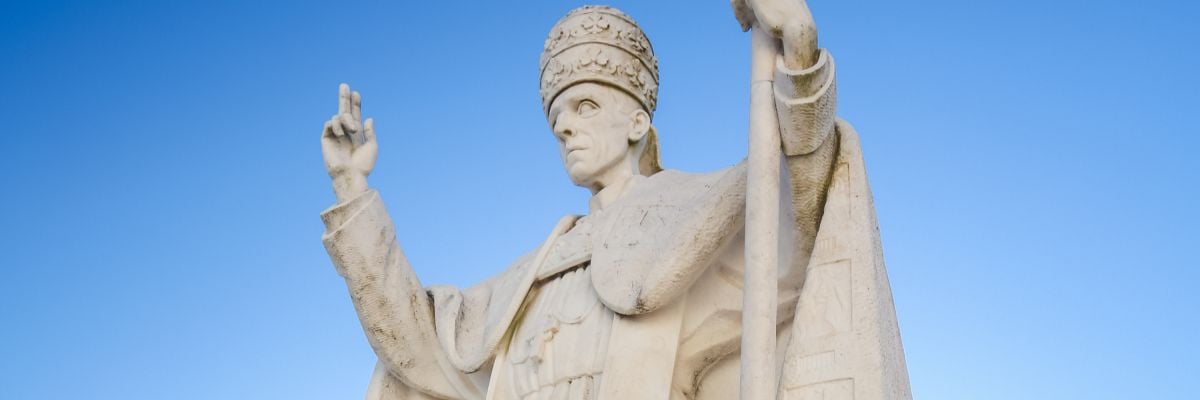
Question:
Answer:
First, in general on the wartime pontiff’s record, see my article “The Jewish Defenders of Pius XII”) and Ronald Rychlak’s “How Pope Pius XII Became ‘Hitler’s Pope’”).
Professor Rychlak covers the ratlines issue in his magisterial book Hitler, the War, and the Pope (revised and expanded edition, Our Sunday Visitor, 347–348).
As Rychlak notes, the Vatican acknowledges that Bishop Hudal, along with some other Church figures, helped Nazi leaders escape, but that they did so without approval from Vatican authorities.
In addition, Rychlak notes,
The Vatican recently permitted Professor Matteo Sanfilippo, a member of the Comision Para el Esclarecimiento de Las Actividades Del Nazismo en la Republica Argentina (CEANA), the historical commission that looked into Argentina’s role in sheltering war criminals, to examine Hudal’s personal papers.
Sanfilippo found no evidence that the pope encouraged Hudal’s activities. In fact, Sanfilippo uncovered a letter from Monsignor Montini [the future Pope St. Paul VI] to Hudal expressing outrage at his suggestion that the Vatican should help members of the S.S. and the Wehrmacht (Rychlak, 347–348, footnotes omitted).
Rychlak also notes that Hudal, in his memoirs, frequently complained about the “‘pro-Allied bias’ during World War II and how Pius XI, Pius XII, and Monsignor Montini mistreated him throughout his career” (Rychlak, 348).
Further, Rychlak states,
Recently opened archives indicate that Hudal was “kept at arm’s length” from positions of responsibilities because the pope and his secretary of state did not trust him. Those same archives, however, show that Pius used Hudal when he could, and Hudal “played a decisive role in the termination of the deportation of the Jews from Rome” in October 1943 (Rychlak, 348, emphasis added).
Finally, the opening of the remaining related Vatican archives in March 2020 did not produce the incriminating evidence against Pius XII that his critics predicted, whether on this issue or others.



